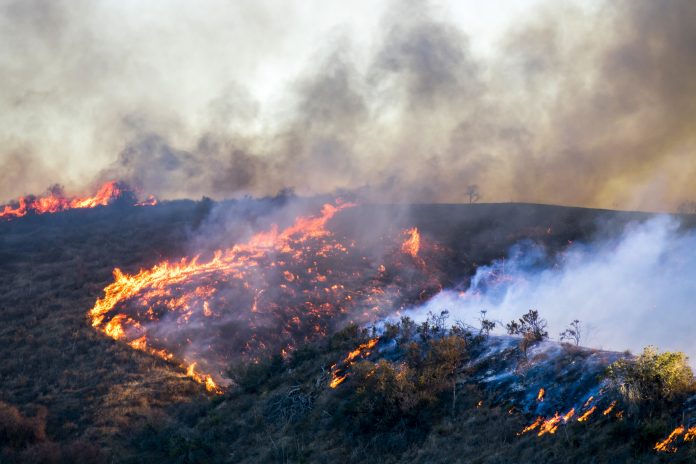In California, wildfires are a horrific, regular occurrence – now, scientists warn that the natural carbon absorbing effect of the forests will decrease by atleast 9%
According to research by UCI Earth system scientists, rising temperatures and changing rain cycles mean that natural carbon absorbing abilities will decrease.
Currently, the Amazon rainforest is experiencing a similar thing. While it has always been labelled one of the worlds’ biggest carbon sinks, now it is emitting more carbon than it can store. In California, where wildfires and their red-sky horror scenes are becoming normal parts of life, a similar decrease in overall carbon absorbing effect is happening.
‘Natural climate solution’ may not work
While there are several ideas on how to stop this, part of the solution lies in natural carbon absorption. However, the fires keep destroying trees which would otherwise have had a carbon absorbing effect. The more carbon in the air, the higher the likelihood of fires.
It appears to be an impending stalemate, if policy-makers rely heavily on this solution.
Lead author Shane Coffield, a UCI PhD candidate in Earth system science, said: “This work highlights the conundrum that climate change poses to the state of California. We need our forests and other plant-covered areas to provide a ‘natural climate solution’ of removing carbon dioxide from the air, but heat and drought caused by the very problem we’re trying to solve could make it more difficult to achieve our objectives.”
The decrease in carbon storage will be between 9% to 16% – depending on the extremity of climate change.
‘Effective management’ is essential
“The emissions scenario that we follow will have a large effect on the carbon storage potential of our forests,” said co-author James Randerson, who holds the Ralph J. & Carol M. Cicerone Chair in Earth System Science at UCI.
“A more moderate emissions scenario in which we convert to more renewable energy sources leads to about half of the ecosystem carbon loss compared to a more extreme emissions scenario.
“Effective management of fire risk is essential for limiting carbon [sequestration] losses throughout much of the state.”











